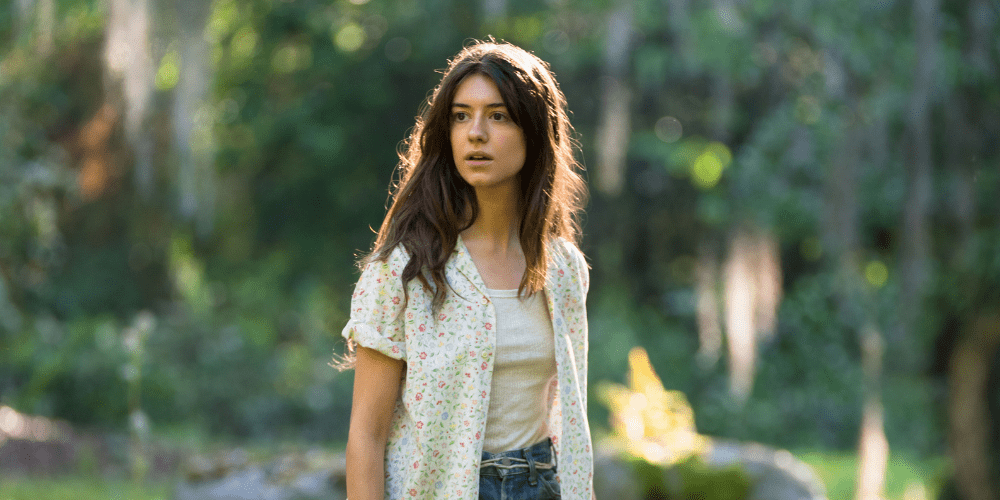A practice almost as old as movie making itself, adapting a literary text to the silver screen is a tried-and-true method Hollywood isn’t tiring of anytime soon. From the fairy-tale classics of Brothers Grimm and Disney to the multi-film, multi-million-dollar franchises of Harry Potter and Lord of the Rings, reappropriating a written text for cinema is a sure-fire way to get bums on the seat and eyes on the screen.
However, as is common practice when this method of story adaption takes place, fans of either medium are compelled to let each other know which version is better. Whether it be because the movie followed the book too closely or not enough, whether the characters were cast wrong or erased altogether, whether entire plotlines were cut out or new ones created, judging these two formats side-by-side is a dangerously tempting, albeit misguided, pursuit.
With the upcoming release of Where the Crawdads Sing (2022), this Daisy Edgar Jones-starring film adaption of the 2018 international bestseller by Delia Owens is sure to reignite the old debate of book to film comparison. But are these mediums even comparable? Is the process of reimagining a story to a completely different format at all fodder for comparison? Participators in this kind of discussion would be forgiven for rallying that one type of telling a particular story reigns over the other, as when it comes to consumption of content the predominate question we often ask ourselves and each other is, unfortunately, was it good?
The binary of good and bad isn’t what rules our relationship with stories, nor much else in the world. Two stories, even if similar in plot but alternative in medium, can exist beside one another without one having to be seen as better than the other. From the nitty gritty technicalities of creating these two separate products, one being the writing and publishing of a book and the other being the writing and producing of a film, the commodities themselves exist as entirely separate entities. To judge them the same would be overlooking the intricacies of what makes them differently their own products of imagination.
Adapting a novel-length book to a feature-length film is a process overwhelmed with elimination. All the details and the thoughts that are given the space to evolve on the pages of a book are not afforded this luxury when confined by a two-hour run time. This is why renowned Hollywood filmmaker Francis Ford Coppola (of The Godfather (1972) and Apocalypse Now (1979) fame) suggests that the short story is in fact the “natural narrative, linear narrative to become a film”. It is the abundance of ideas that fill the pages of a book that make it impossible to convey accurately a novel within the limitations of a singular film, whereas a short story with only a handful of ideas to explore offers more feasible adaptive material.
The beauty in adaption lies in transforming a story to an entirely different perspective. While books allow readers to paint their own images in their heads, films outright give you the images on a silver platter, taking you on a journey into the filmmakers’ interpretation of the story. With the aid of music and sound and lighting and editing, these images will come together in a process of collaboration that is not only indicative of the director’s vision, but the combined effort of the swarms of people that have worked to bring this film into production. This process of collaboration is one that differs immensely from the individual practice of writing a book. And when there are that many people with that many story interpretations working on a singular filmic project, it’s never going to be the same as the book – and nor should it be.
Some films and some books live on in popular culture with a legacy that far outweighs their counterparts. Fans of Spielberg’s Jaws (1975) and Jurassic Park (1993) may be unaware of the novel origins of these famous films, whereas lovers of Donna Tartt’s 2013 Pulitzer Prize winner The Goldfinch may never have bothered with its film adaption. Either way, consumers of print and screen media are able to enjoy, or critique, these products in and of themselves – they need not exist on a comparative scale in order to be thought of as successful or not.
As tickets begin to come on sale for Where the Crawdads Sing, the transforming of stories from page to screen is a practice that isn’t going to be slowing down as long as the big Hollywood studios can safely bank their profits on it. With fans of the books enticed by a film version a guaranteed proportion of audience, as well as those who’ve never read the literary version, book-to-movie adaptions will remain a commercial process for as long as it is profitable. But as you sit down in front of Daisy Edgar Jones on a cinema screen and wonder what else you’ve seen her in, it might be helpful to consider these products of storytelling as existing in a league of their own.
Article written by Juliette Salom


